#central america
Text

Vicente's Poison Frog (Oophaga vicentei) family Dendrobratidae, Panama
ENDANGERED.
photograph by Cristian Torica
266 notes
·
View notes
Text

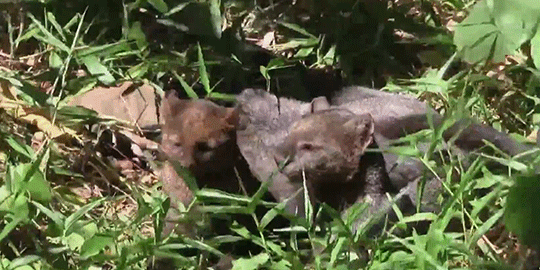

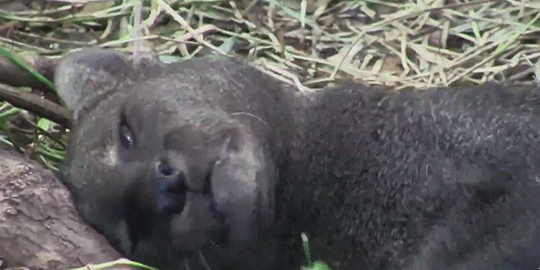


The jaguarundi is a relatively secretive species of medium-sized cat, native to the Americas. In many ways it resembles a large mustelid, but its closest relative is the cougar. It lives alone or occasionally in pairs in a large home range, and more often hunts in the day than other sympatric cats like ocelots.
©SilverSpot Productions
2K notes
·
View notes
Text
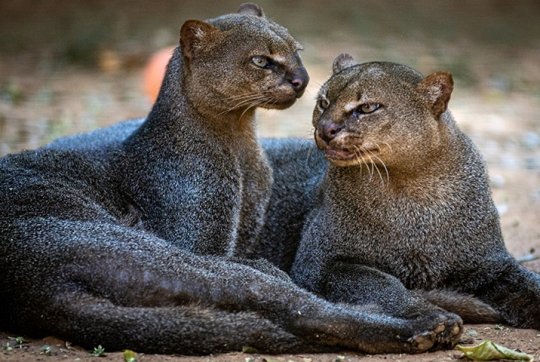
Jaguarundis (Herpailurus yagouaroundi), family Felidae, found widely across the Americas, from far South TX and SE Arizona, through Mexico, Central America, and much of South America
This cat is very secretive and elusive, and rarely seen.
While working in Ecuador, with the Quichua people, I was told that they use magical portals at the base of Kapok trees to travel from one tree to another... or to the other side.
photograph by @lucas.18photos
#jaguarundi#cats#herpailurus#felidae#felinae#mammal#north america#animals#nature#central america#south america#mexico
1K notes
·
View notes
Text


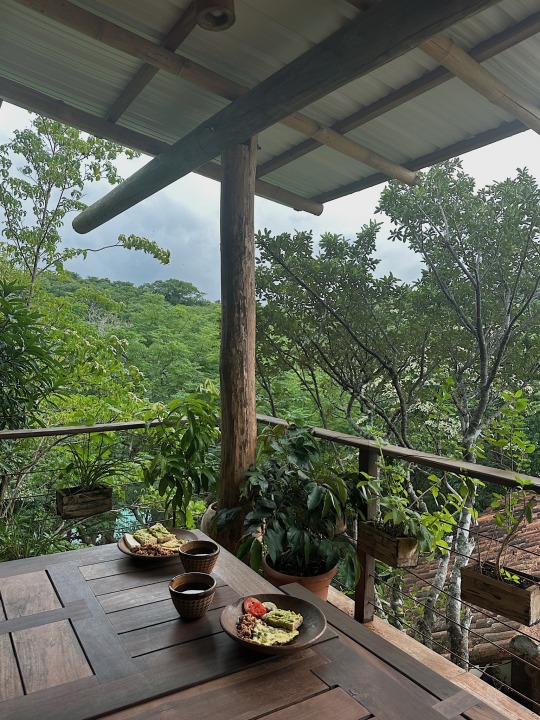




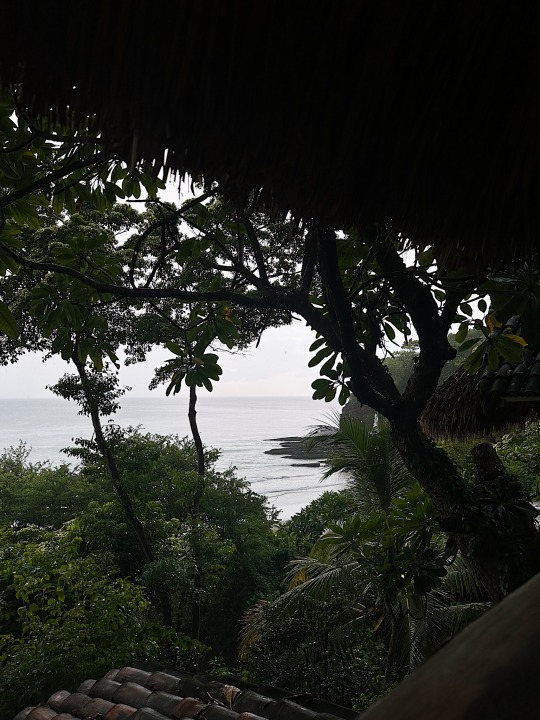
Nicaragua 🇳🇮
#Nicaragua#wanderlust#travelblr#traveller#central america#vsco#vscocam#iphonography#green aesthetic#tropical#tropical aesthetic#yoga#faraway wanderers
810 notes
·
View notes
Text

Image source
We ask your questions so you don’t have to! Submit your questions to have them posted anonymously as polls.
#polls#incognito polls#anonymous#tumblr polls#tumblr users#questions#latin america#latin american#latina#latino#latine#south america#central america#demographics#geography#ethnicity#polls about the world#submitted nov 6#latam
579 notes
·
View notes
Text
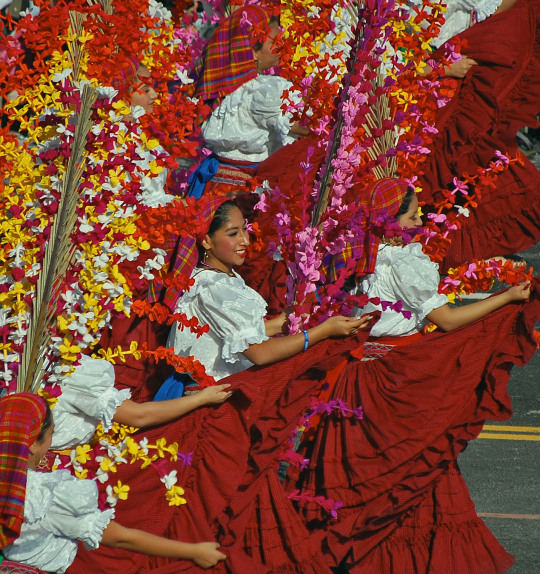
Salvadorese dancers, El Salvador, by sjb5
#salvadorese#el salvador#america#central america#folk clothing#traditional clothing#traditional fashion#cultural clothing
563 notes
·
View notes
Text
Breaking news from Panama! 🟢
In a historic vote, the nation’s highest court today ruled the Minera Panamá mining contract for an open-pit mine unconstitutional, marking a WIN for biodiversity, local communities, and our planet.
Panama has an opportunity now to be a leader in safeguarding precious ecosystems and protecting biodiversity. This ruling champions the rights, voices, and well-being of local communities over profit-driven interests.
This victory is also a beacon of hope for our planet’s future. Safeguarding irreplaceable ecosystems like these is critical to combatting climate change and biodiversity loss. Congratulations to the people of Panama, who overwhelmingly rejected profit over planet. We continue to stand with you!
Video credits:
Collaboration between @duletvindigena @waguafilms @mullu.tv & Passu Creative Community
Indigenous Protester - TV indígena and waguafilms
Great Green Macaw - Hans Norelius, CC BY 2.0
Gemini's Dart Frog Jaime Culebras / @photowildlifetours
#PanamaTeQuieroVerde
#PanamáValeMásSinMinería
#panama#central america#latin america#abya yala#environmental justice#climate justice#ecology#anti imperialism#extractivism#neocolonialism#anti colonialism#indigenous rights#degrowth#i'm so happy for my country 😭❤️
521 notes
·
View notes
Text
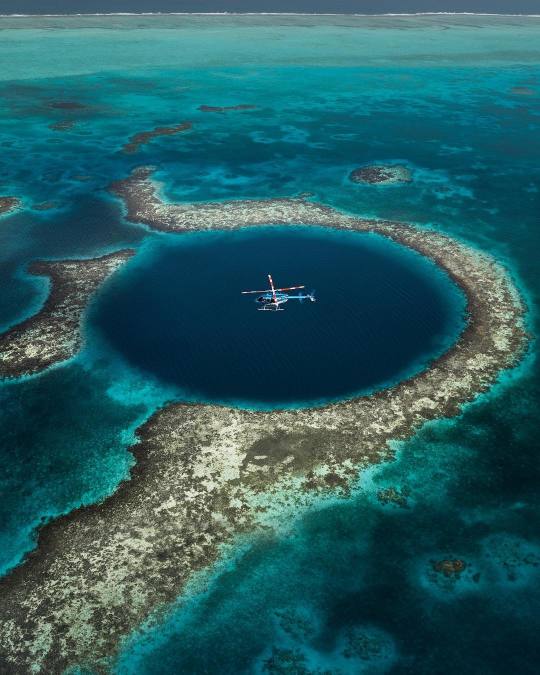
By Emmett_Sparling
Great Blue Hole, Belize
#curators on tumblr#belize#sea#ocean#blue#aerial#landscape#nature#central america#north america#travel#great blue hole#emmett sparling
269 notes
·
View notes
Text


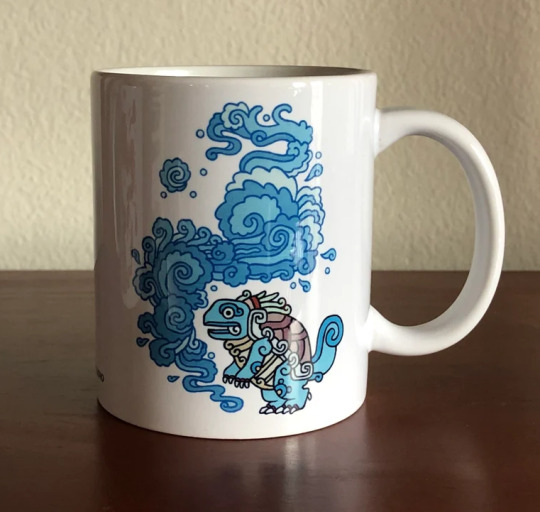

Artist Sita Navas made a set of Kanto Starter Pokemon Mugs in Mayan art style
#pokemon#nintendo#art#illustration#gameboy#anime#90s#kanto#pikachu#bulbasaur#charmander#squirtle#mayan#central america#mugs#coffee#tea#gifts#merch#artists#retro#retrogaming#gen i#gen 1#starter pokemon
674 notes
·
View notes
Text
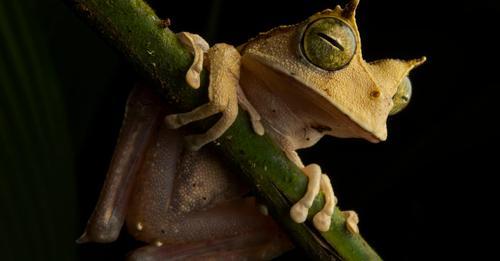
The Surprise Reappearance of a Rare Frog Has Scientists Leaping to Protect Its Habitat
The marsupial frog, which incubates its young in a pouch on its back, was thought to be extinct in some countries.
With jaunty peaks sticking up from its eyelids that may help it camouflage as a dry leaf, the horned marsupial frog is “a fascinating creature that people can’t wrap their heads around,” says James Muchmore, founder of Save the Chocó, a conservation group dedicated to protecting this threatened region of Ecuadorean rainforest.
Instead of laying thousands of eggs in water, like most frogs, female horned marsupial frogs produce only ten or fewer of the largest amphibian eggs in the world, at a whopping diameter of one centimeter. Males then fertilize these eggs and place them into a pouch on the mother’s back, which is what earns the species, and dozens of related frogs, the “marsupial” moniker.
As the embryos grow, they develop structures similar to mammalian placentas through which their mother delivers oxygen, water and possibly nutrients. After about two months, horned marsupial frog eggs hatch as forest-ready froglets, skipping the tadpole stage.
This remarkable adaptation frees them from the need to find ponds or streams for egg-laying. They spend their lives high in the trees of Central and South American rainforests, where the humid air is thought to keep their skin from drying out...
Read more: The Surprise Reappearance of a Rare Frog Has Scientists Leaping to Protect Its Habitat | Science | Smithsonian Magazine
#marsupial frog#frog#amphibian#herpetology#conservation#animals#nature#south america#central america
214 notes
·
View notes
Text

Blue-gray Tanager (Thraupis episcopus), family Thraupidae, order Passeriformes, Peru
photograph by Jeyaramsankar Gurusamy
178 notes
·
View notes
Text


Guanacaste Province
#me#vyva melinkolya#ocean#tide pools#costa rica#latin america#central america#pacific#blue#grey#humid#night#grain#olympus photography
191 notes
·
View notes
Text
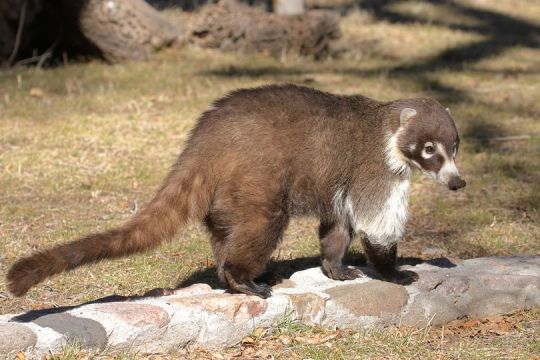
White-nosed Coati (Nasua narica), family Procyonidae, found in the far SW United States, far South TX, Mexico, Central America, and far NW South America
photograph by Steve Wolfe
651 notes
·
View notes
Photo

Civilizations of Central America, 14-16 century.
by aresten_dmp
246 notes
·
View notes
Text


Source
#politics#international affairs#Mexico#latin america#central america#lgbt#Lgbtq#lgbtq rights#equality#gay marriage#marriage equality
3K notes
·
View notes
Text
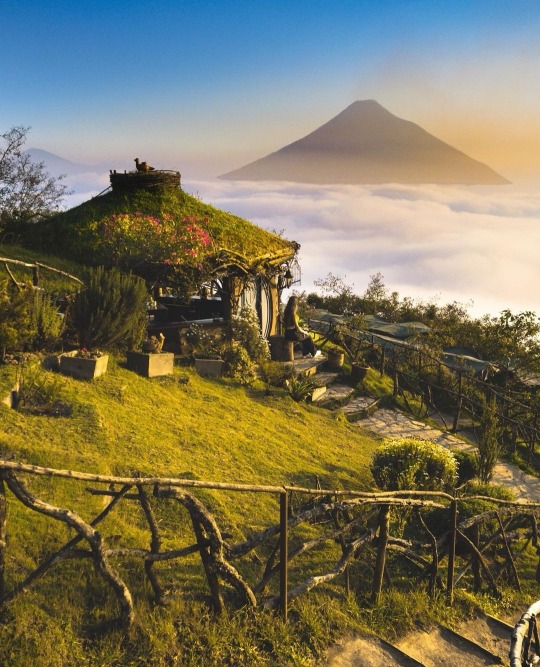
Hobbitenango / Guatemala (by Erick Barahona).
642 notes
·
View notes